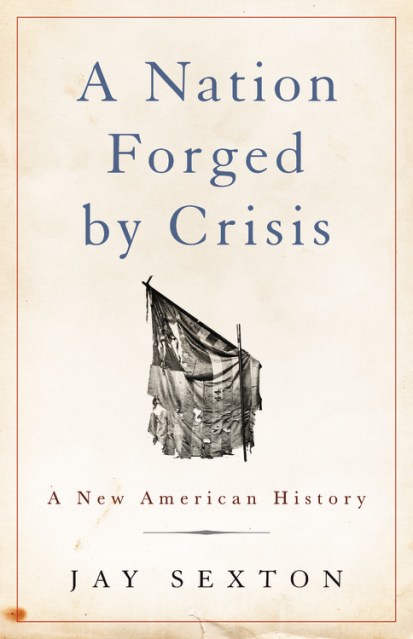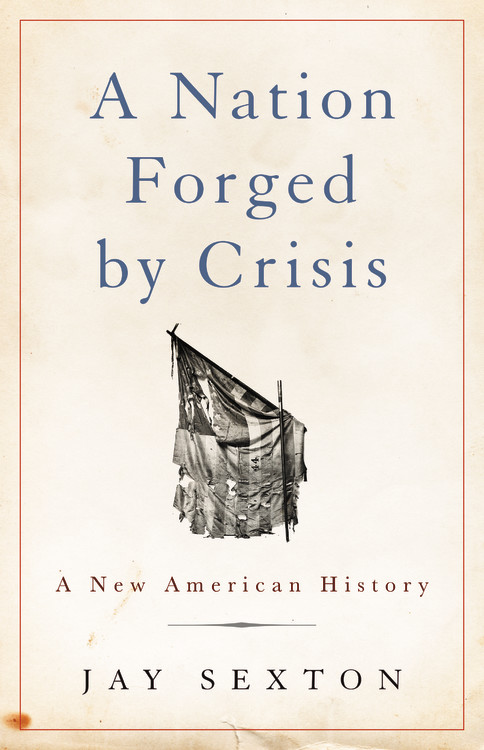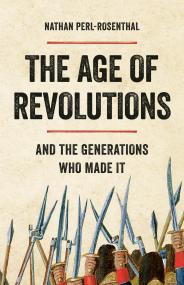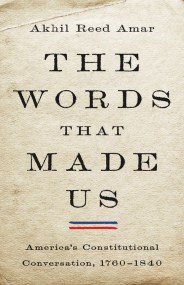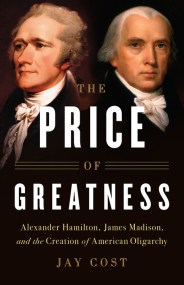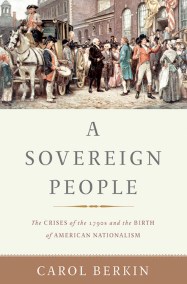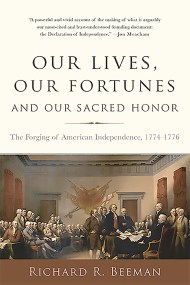Promotion
Use code MOM24 for 20% off site wide + free shipping over $45
A Nation Forged by Crisis
A New American History
Contributors
By Jay Sexton
Formats and Prices
Price
$27.00Price
$35.50 CADFormat
Format:
- Hardcover $27.00 $35.50 CAD
- ebook $16.99 $21.99 CAD
- Audiobook Download (Unabridged)
This item is a preorder. Your payment method will be charged immediately, and the product is expected to ship on or around October 16, 2018. This date is subject to change due to shipping delays beyond our control.
Also available from:
In A Nation Forged by Crisis, historian Jay Sexton contends that our national narrative is not one of halting yet inevitable progress, but of repeated disruptions brought about by shifts in the international system. Sexton shows that the American Revolution was a consequence of the increasing integration of the British and American economies; that a necessary precondition for the Civil War was the absence, for the first time in decades, of foreign threats; and that we cannot understand the New Deal without examining the role of European immigrants and their offspring in transforming the Democratic Party.
A necessary corrective to conventional narratives of American history, A Nation Forged by Crisis argues that we can only prepare for our unpredictable future by first acknowledging the contingencies of our collective past.
Genre:
- On Sale
- Oct 16, 2018
- Page Count
- 256 pages
- Publisher
- Basic Books
- ISBN-13
- 9781541617230
Newsletter Signup
By clicking ‘Sign Up,’ I acknowledge that I have read and agree to Hachette Book Group’s Privacy Policy and Terms of Use
